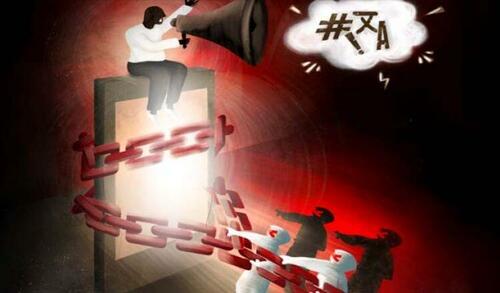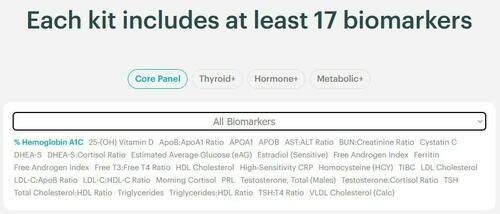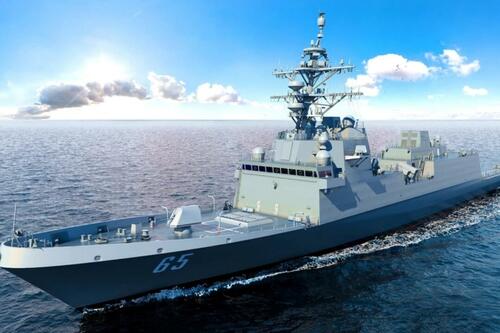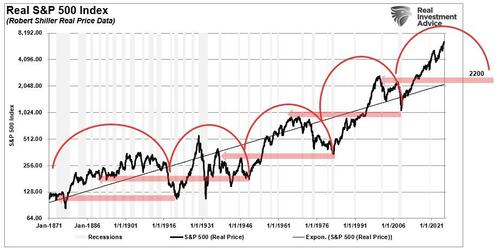Ninety One's Rhynhardt Roodt on What Lies Behind 4Factor's Long-Term Success
 Last week, I had a Teams meeting with Rhynhardt Roodt, Ninety One's head of the 4Factor investment team and co-portfolio
manager of the Global Equity and Global Strategic Equity strategies.
Last week, I had a Teams meeting with Rhynhardt Roodt, Ninety One's head of the 4Factor investment team and co-portfolio
manager of the Global Equity and Global Strategic Equity strategies.Rhynhardt was in Winnipeg visiting clients and I had a chance to talk markets with him and get into their strategy.
I want to thank Ninety One's Jeannie Dumas for setting up the meeting as well as Katherine Tweedie who co-heads the North America Institutional Client Group at Ninety One, and participated on the call.
To begin with, Jeannie sent me this in her initial email:
Rhynhardt is Head of 4Factor at Ninety One, which has just reached its 25 year anniversary as has the Global Equity Strategy, which currently sits at $25.4 billion AUM as at 30 September 2025. Additionally, I have included a few bullets from his 2026 outlook which he is currently pulling together:
Looking ahead to 2026
- Divergent fiscal and monetary cycles and the durability of the AI investment boom will shape the landscape.
- Increasing non-US exposure and positioning for evolving capital flows will strengthen portfolio resilience and long-term outcomes.
- In Europe, momentum is improving amid fiscal expansion and easing energy costs.
- The UK remains attractively valued, offering opportunities in materials and financials.
- Japan continues steady progress on wage gains, governance reforms, and currency support.
- EM’s seem to have turned a corner, with profit margins recovering and valuations attractive versus developed markets
- Persistent macro volatility, structural shifts, and changing currency dynamics favour active investors.
- A disciplined approach—blending data-driven analysis with fundamental insight—is uncovering opportunities in technology industrials, and financials.
- Key portfolio holdings – TKO Group, Rheinmetall, Nintendo, Tencent, AI semis (e.g. Nvidia, Broadcom, TSMC).
Now, you will recall back in June I had a great discussion on emerging markets with Varun Laijawalla, portfolio manager at global investment manager Ninety One where we went in-depth on factors favouring emerging markets.
I must admit, I am so US-centric in my investment focus that I rarely look at other markets including Canada's or emerging markets. I have a vague idea of what is going on in these markets but I don't get into details for the simple reason that for me the US market is by far the most dominant market in capital markets.
So when I get a chance to talk to experts like Varun or Rhynhardt, I like to see their thinking on markets from their expert vantage point.
Rhynhardt began by going over his background and telling me 4Factor is an approach to equity investing that's been around for 25 years "which is significant in itself because not many track records are 25 years long. That speaks to the consistency and discipline of approach we applied."
Their client base is large pension funds and sovereign wealth funds.
He told me 4Factor is very much a "core, style-agnostic approach to investing," adding they "cast the net wide on 4Factor"on four style factors -- quality, value, operating performance and investor attention -- and they are very much agnostic in terms of where they find these opportunities.
[Note: You can read more on 4Factor approach here.]
Rhynhardt stressed they are very agnostic in terms of where they find those opportunities across regions and sectors.
"If you look at are portfolio composition over time, it's very different, the alpha we produced pre-GFC and post-GFC came from very different businesses."
He told me the 4Factor team invests across developed and emerging markets through Global, European, Emerging Market Equity, Asia, International and China strategies.
They invest across all GIC sectors including financials, REITs, technology, materials, etc.
He told me at least 2/3 of their tracking error is from stock specific risk so they take very limited risk in terms of sectors or countries.
All this to say that they don't try to generate alpha through sector allocation and even less o on country allocation. On big sectors, they're pretty much benchmark weighting although on some industries they can be overweight (for example tech).
"If you decompose our alpha over time, the vast majority (90%) comes from stock selection rather than sector allocation."
Katherine Tweedie jumped in to explain how some Canadian clients have used 4Factor.
For example, one client has been investing in the oldest strategy Asia ex-Japan, "essentially giving them EM exposure with an Asia focus."
She added: "One of our university clients decided to look at EM from a different lens, allowing existing managers to look at EM ex-China and they look to us for our China expertise to essentially dial up and down their China allocation."
They have other huge mandates in Canada and are backed by big institutions that believe in their approach.
"When I look at the way Canadian clients utilize us, it's very much for this core, all-weather approach whether it's in emerging markets helping to deliver alpha through the cycle in a volatile asset class foe Ems, for China and the same goes for Europe and other regions. When you look across this platform it's very attractive for our clients because we have a very consistent approach to style agnostic through the cycle delivery of alpha whether it be in global, core emerging markets or even down to specialist areas such as China, Europe or Asia. What we typically do is take that core approach and sometimes blend in more concentrated style specific managers to it. Essentially 4Factor is viewed as the style agnostic approach."
I reverted back to Rhynhardt to talk about markets, concentration risk, the under-performance of active managers and he explained to me how the 4Factor model has been able to generate alpha in an objective way without having biases, for example without being meaningfully overweight AI, they were able to generate alpha.
Anyways, it's getting late, I'm going to have to end it there and once again thank Rhynhardt, Katherine and Jeannie for another stimulating conversation.
Below, Rhynhardt Roodt, global equity portfolio manager at Ninety One, joins BNN Bloomberg to discuss opportunities in developed and emerging markets.


 AFP/Getty Images
AFP/Getty Images
 The Epoch Times
The Epoch Times


 Via Associated Press
Via Associated Press

 AP Photo/Yuki Iwamura
AP Photo/Yuki Iwamura









 Iranian drone & helicopter carrier, the Martyr Bahman Bagheri, via AFP.
Iranian drone & helicopter carrier, the Martyr Bahman Bagheri, via AFP.


 Adm. Giuseppe Cavo Dragone, via ANSA English
Adm. Giuseppe Cavo Dragone, via ANSA English Asylum seekers listen to UNHCR workers at the entrance of Mexico's Refugee Help Commission and UNHCR offices in Tijuana, Baja California state, Mexico on Jan. 24, 2025. Guillermo Arias/AFP via Getty Images
Asylum seekers listen to UNHCR workers at the entrance of Mexico's Refugee Help Commission and UNHCR offices in Tijuana, Baja California state, Mexico on Jan. 24, 2025. Guillermo Arias/AFP via Getty Images
Recent comments